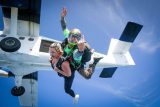Skydiving Weather Conditions
General
 Posted by: Curtis White
2 years ago
Posted by: Curtis White
2 years ago
Who really knows whether the weather will cooperate on any given day? Even our favorite meteorologists are merely making educated guesses. So when you watch the forecast in the days leading up to your skydiving adventure, you might begin to wonder—what sort of atmospheric state makes for good skydiving weather conditions anyhow? We will be frank: skydiving weather restrictions are quite stringent, and there is not much wiggle room when it comes to safe skydiving weather conditions.
Why are Skydiving Weather Restrictions so Strict?
Here’s the deal: skydiving is all about mitigating risk. To effectively mitigate risk, before every jump we must consider all the variables involved. After all, the decision to exit an aircraft in flight isn’t a choice we take lightly—especially when it involves our tandem skydivers, our students, and our friends. And, as luck would have it, one of the variables we must carefully examine, a.k.a the weather, is also one of the most temperamental! (See what we did there?)
These are a few things to consider about skydiving weather conditions.
1. Visibility is important.
Though the aircraft utilize GPS, we need to have a visual line of sight to the ground. To prevent jumpers from being forced to land in unsuitable areas, it is important that jumpers are able to see the ground before exiting the aircraft.
2. Skydiving is more than freefall.
The bulk of your skydive can be broken down into two parts: the freefall and the canopy ride. While gusty winds on the ground may not affect you during your 120 mph freefall, they can certainly cause trouble when it is time to land the parachute.
3. Skydiving in the rain is miserable.
Trust us. You may love the relaxing sound of raindrops making contact with the windows or the roof of your car, but colliding with them at 120 mph is far from soothing.
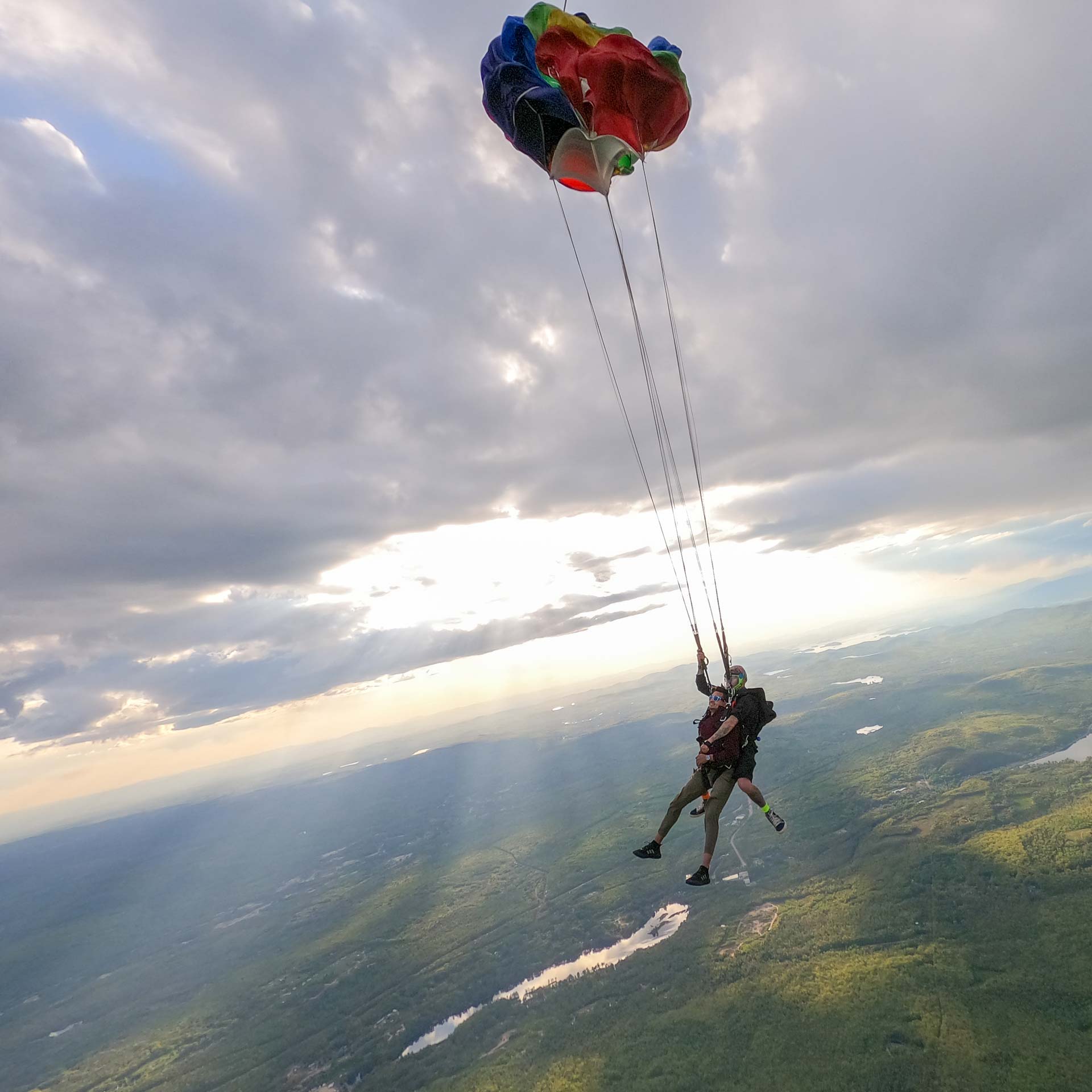
Mystery Skydiving Weather Conditions
Many times you will not know what sort of skydiving weather conditions the day will bring until that day comes. It’s not that our crystal balls are dusty from misuse—it’s just that no one can really foresee the future! We’ve seen many a day predicted to be a wash turn out absolutely beautiful, and vice versa; days seemingly destined to be delightfully marred by miserable conditions!
The saying “patience is a virtue” is one we skydivers live by. Optimal skydiving weather is certainly worth waiting for. In the event the weather conditions do not appear safe for skydiving, we will go on a “weather hold,” which is essentially a temporary suspension of operations. Naturally, these weather holds can cause delays that are felt further down the line. Here are a few of the weather conditions that could result in a weather hold.
Low Clouds
As we mentioned above, in order to skydive, we need to be able to see the ground, and if there is a thick layer of low clouds below our exit altitude (14,000 feet at Skydive New England), it may prevent skydiving.
Although from the ground it may appear that there is plenty of blue, we have to follow Federal Aviation Administration cloud regulations regarding cloud clearances – namely, FAR 105.17. Simply put, this Federal Aviation Regulation states that parachute jumps made from an altitude of 10,000 feet or above must keep a horizontal distance of one mile from clouds and a distance of 1,000 feet above or below a cloud layer.
High Winds / Gusty Ground Winds
Gusty winds are notorious for putting the kibosh on an otherwise nice skydiving weather day. The sun could be shining, the sky could be bright blue, but if a bustling, gusty breeze comes rolling through, you may have to sit it out and wait.
Every licensed skydiver has a personal wind limit, and usually, the more experienced you are, the greater the wind speeds you are able to jump in. Generally speaking, if the winds are consistent, skydives can still occur even if they are moderately high. However, if the range or spread of the gusts of wind becomes too great, operations will be put on hold.
Rain
Skydiving in the rain is a no-go. Aside from the diminished visibility caused by the falling rain, skydiving gear – specifically civilian parachutes – weren’t built to fly while sodden. Oh, and if that doesn’t seem like reason enough not to skydive in the rain, there’s a 100% chance of pain to consider.
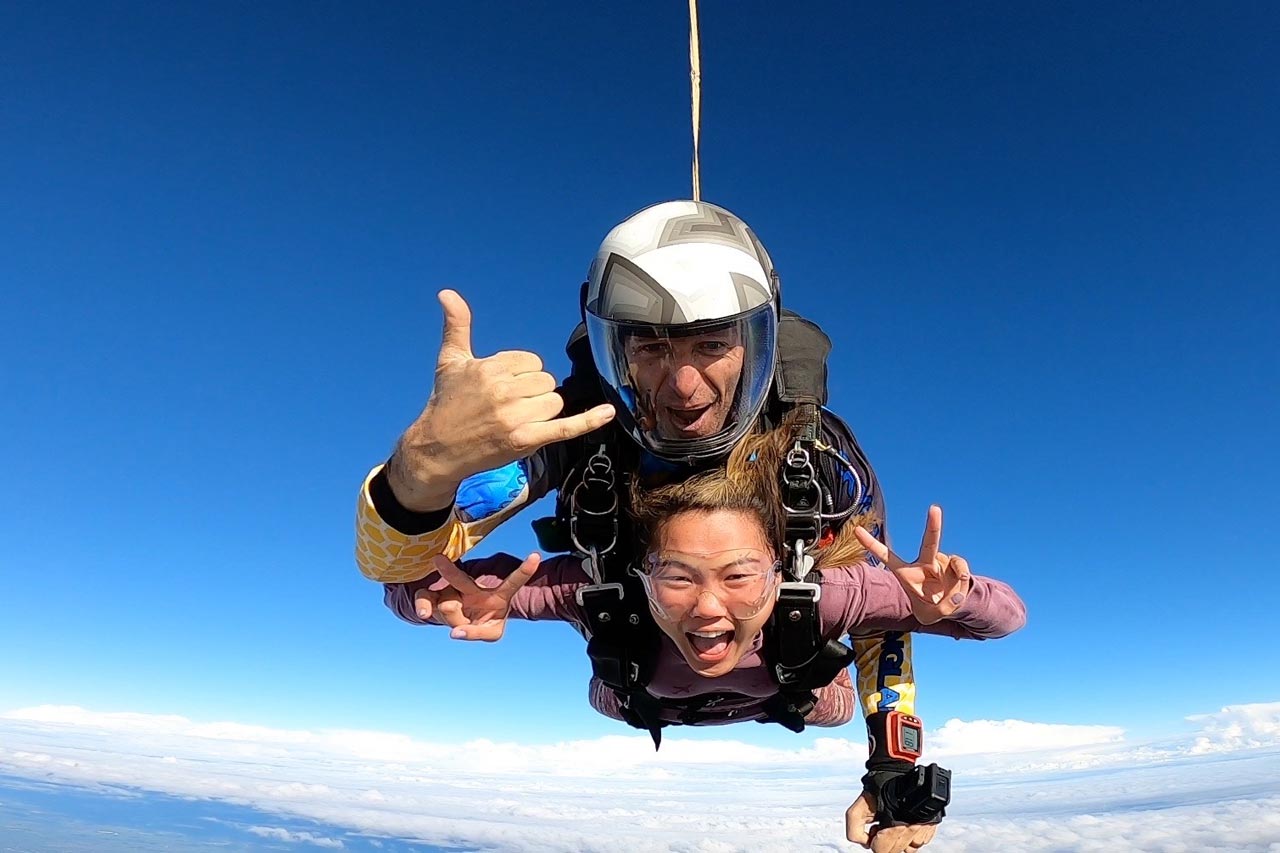
What is the Protocol if the Skydiving Weather Looks Bad?
While bad weather policies regarding weather will vary from dropzone to dropzone, we encourage all customers to come for their scheduled jump regardless of current weather conditions as New England weather can change quickly. Hopefully, the weather won’t keep you down! But if it does…
When the sky is your playground, Mother Nature is the boss! Likewise, weather delays are a natural part of the skydiving process we’ve come to accept. Though we truly hope the weather cooperates on the day of your jump, if you need to reschedule, we make it easy peasy. Take our word for it: the experience is well worth the wait!
Enter to Win a Free Skydive
Join our email list and enter to win a free tandem skydive. Drawings in April and December; winner announced on social media.
You’ll get a $10 coupon toward a tandem just for signing up! Must be 18 and under 240 lbs to jump.
*By submitting this form, you are consenting to receive marketing emails from Skydive New England, 40 Skydive Lane, Lebanon, Maine 04027. You can revoke your consent by using the SafeUnsubscribe link located at the bottom of every email. Emails are serviced by Constant Contact.
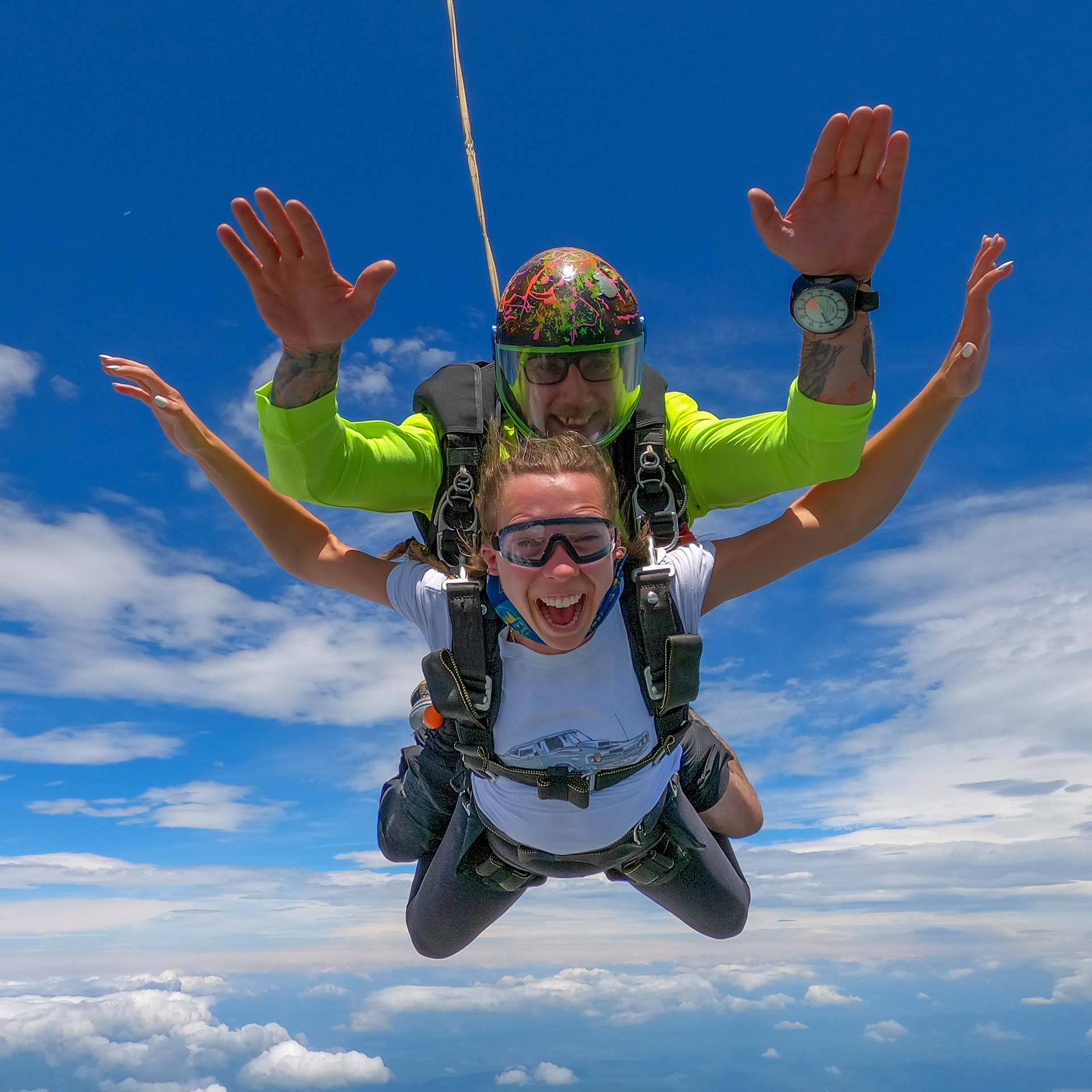
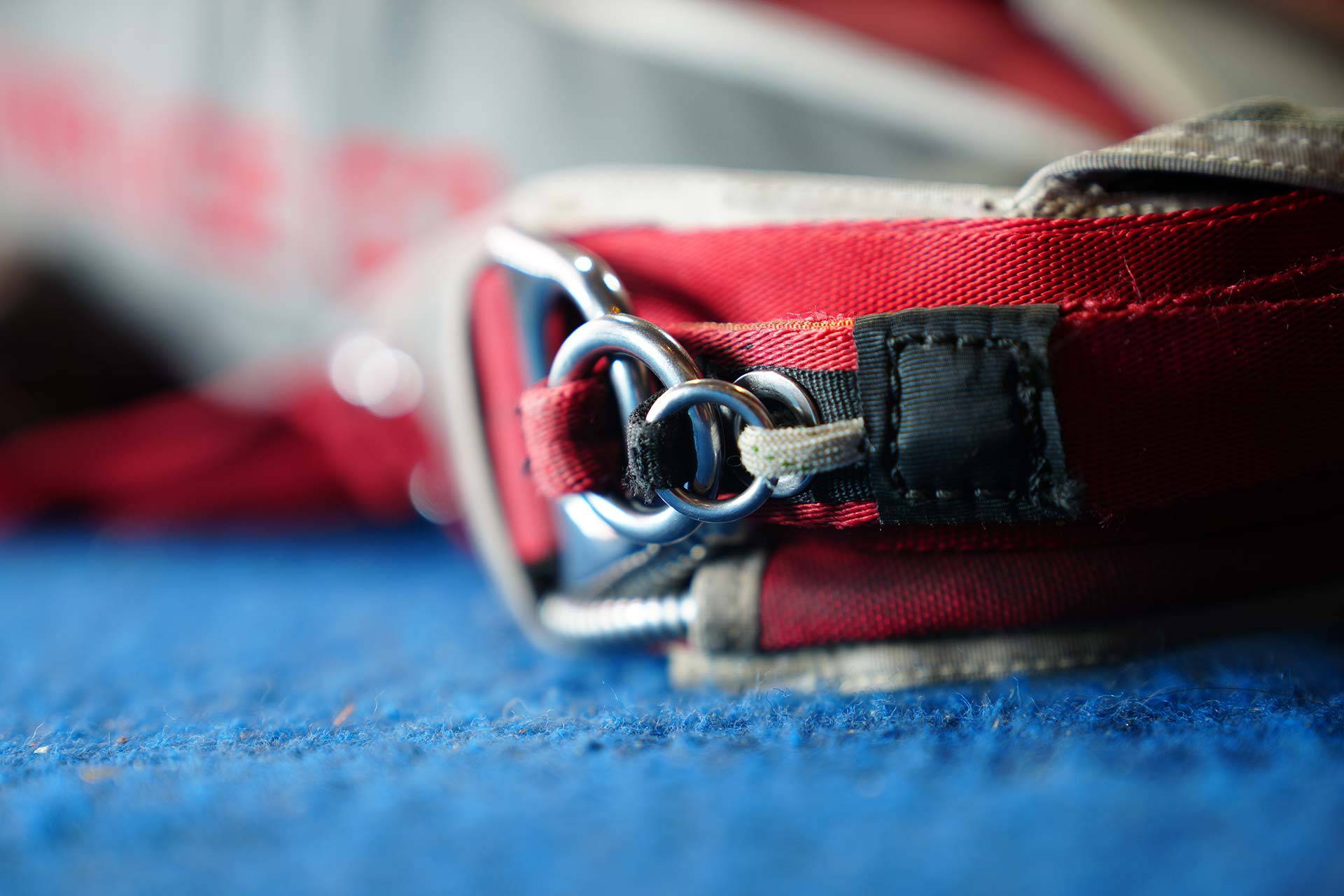
Even More Wicked-Fun Than It Looks!
Come see why the biggest DZ in New England is also the best.

